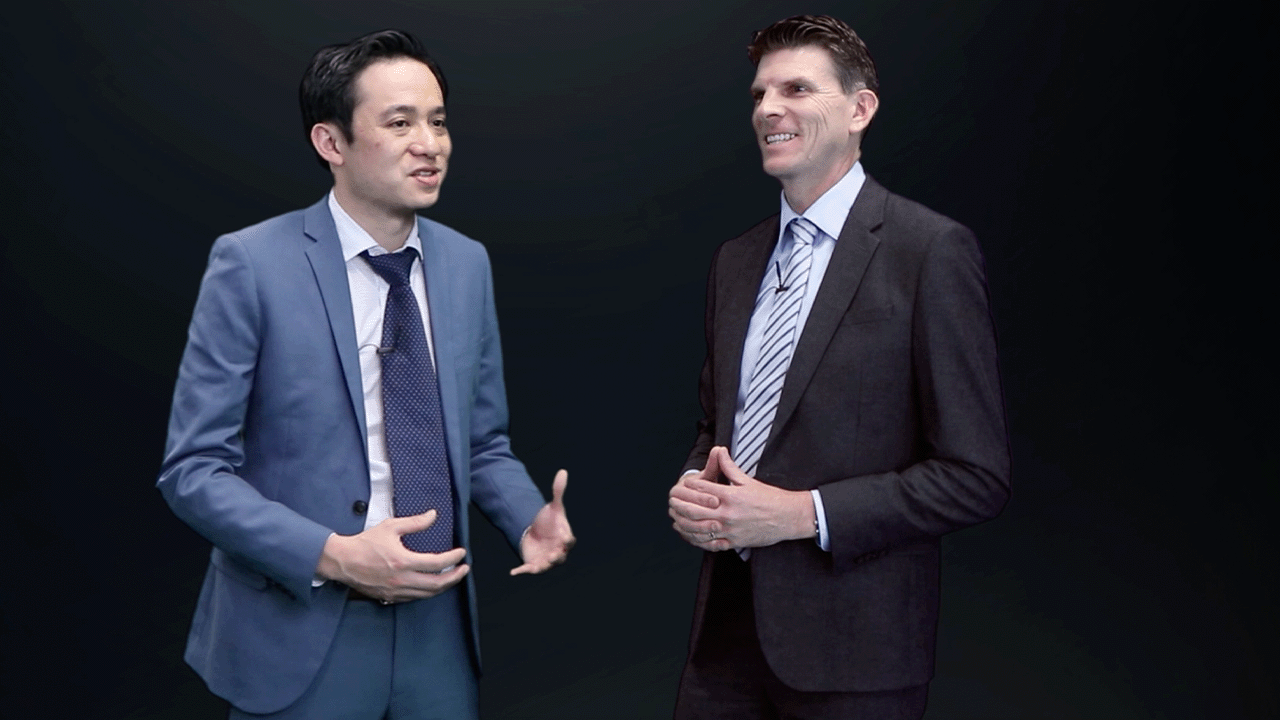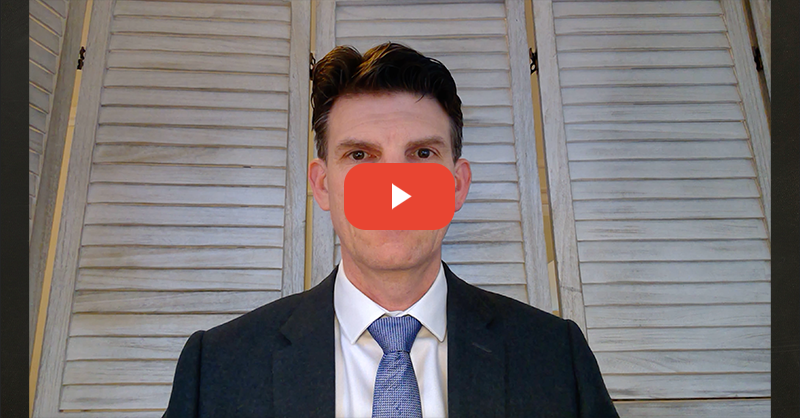Feb 2023 Round Up - The 1 March work from home deduction changes
From 1 March 2023, your clients will need to keep accurate records of when they work from home to be able to claim the updated 67 cents per hour fixed rate for work from home deductions. The ATO will no longer accept estimates. We look at the practical implications of the latest ATO guidance.
Plus, clarification on FBT and electric cars, and the implications of the taxpayer alert on interposed holding companies.
Change is a constant for the profession. The Knowledge Shop membership can help you and your team keep ahead of change with an advisers' help desk, workpaper knowledge base, quarterly PD, and more - wherever you are and however you are working. Book in a time for a tour or call the Knowledge Shop team on 1300 378 950.
Inside this month Michael Carruthers (Tax Director), Matthew Tse (Tax Adviser) and Lisa Armstrong (MD) bring you:
Working from home deductions
The ATO has finalised its updated guidance on individuals claiming deductions for additional running expenses incurred while working from home. The final version of the guidance is substantially the same as the draft (PCG 2022/D4).
Following the end of the temporary ‘shortcut’ method that was introduced in response to changing work patterns relating to COVID-19 on 30 June 2022, individuals will be able to claim deductions for home office expenses using either an actual expenses method or a revised fixed rate method.
The revised fixed rate method provides for a deduction at the rate of 67 cents per hour for energy expenses (electricity and gas), internet expenses, mobile and home phone expenses, and stationery and computer consumables. Other costs, such as depreciation on computers or other running costs not referred to above can be claimed separately.
Taxpayers need to satisfy three basic criteria to use the revised fixed rate method:
- They are performed genuine work or business activities from home
- They personally incur additional running expenses as a result of this work
- They keep and retain relevant records
There are some key points that advisers should be aware of when it comes to utilising the revised fixed rate method:
- Undertaking minimal work-related tasks such as taking phone calls or occasionally checking emails while at home will not qualify as working from home for this purpose.
- There is no requirement to have a separate home office or dedicated work area set aside in the home in order to use the revised fixed rate method.
- While it is not necessary to prove that every kind of running expense has been incurred by the taxpayer, it is necessary to ensure that there is evidence that they have incurred at least some additional running expenses.
- If invoices or bills are in the name of one member of the household but the cost is shared, each member of the household who contributes to the payment of the expense will be taken to have incurred it.
- Paying board to parents etc does not qualify as contributing to running costs.
- Taxpayers require at least one document (such as an invoice, bill or credit card statement) for each of the additional running expenses which they have incurred during the year.
- Taxpayers must have records showing the total number of hours they have worked from home during the income year. The ATO indicates that these can take any form (timesheets, diary, rosters, records of access to employer systems etc). but must be made contemporaneously. A transitional arrangement allows taxpayers to keep a record that is representative of the total hours worked from home from 1 July 2022 to 28 February 2023. A more comprehensive record of the total number of actual hours worked from home is required from 1 March 2023 onwards.
Knowledge Shop members, the March 2023 client newsletter for your client base, Your Knowledge delivers the latest on working from home deductions and how to manage them effectively. - login to the member only portal to download.
FBT exemption for electric cars
The ATO has released a new fact sheet on the FBT exemption for electric cars. While the fact sheet doesn’t necessarily contain any new information, it does clarify and confirm some key points.
For example, the ATO confirms that the exemption can only apply if the employee is provided with a car fringe benefit. This would normally be the case if the employer owns or leases the car and then allows an employee to use it. The exemption cannot apply to other types of fringe benefit such as expense payment fringe benefits (e.g., reimbursing the purchase cost incurred by the employee), or residual fringe benefits (e.g., where the vehicle is not classified as a car).
Only benefits provided to current employees and their associates are eligible for the exemption. That is, even though the FBT system can capture benefits provided to past and future employees, the FBT exemption for electric cars cannot apply to these benefits.
The ATO confirms that ‘car expense benefits’ relating to an exempt electric car can be exempt from FBT too. ‘Car expense benefits’ in respect of the car include:
- Registration and road user charges
- Insurance
- Repairs or maintenance
- Fuel (including electricity to charge and run an electric car).
However, the exemption cannot apply if the employee is provided with a home charging station. This is likely to trigger an FBT liability of the employer.
Even if the FBT exemption applies it is still necessary to calculate the taxable value of the benefit using either the statutory formula method or operating cost method. This is because the amount is taken into account in calculating the reportable fringe benefit amount of the employee which could impact on their ability to access other Government benefits. Employees who use the car for work or business purposes should be encouraged to keep a valid logbook so that the operating cost method can be used in calculating the reportable fringe benefit amount if this provides a lower figure.
More information
Schemes involving interposed holding companies
This taxpayer alert outlines the ATO’s concerns with arrangements that purport to allow individuals access to the retained profits of a company by way of a tax-free loan that does not result in a deemed dividend under Division 7A.
The ATO has expressed concern with arrangements that have the following basic features:
- A new holding company is interposed between an existing company and its current shareholder;
- CGT rollover relief is used to undertake the restructure;
- The existing company pays out its retained profits as a franked dividend to the new holding company;
- The funds are then lent to the ultimate shareholder.
In the example provided by the ATO the holding company has no distributable surplus which means that any deemed dividend that might arise under Division 7A is reduced to nil, although it isn’t entirely clear how the company would end up with a nil distributable surplus in this situation, we have asked the ATO to clarify this.
The ATO has indicated that if no deemed dividend is recognised under Division 7A then the ATO could potentially seek to apply other integrity rules such as the dividend stripping provisions in Part IVA. If so, this could mean that the loan amount is included in assessable income of the shareholder, the benefit of the franking credits is removed and penalties could be applied.
Enjoy!
Share this
You May Also Like
These Related Stories

Nov 2022 Round Up - The new fixed rate work from home deduction

August 2021 Tax Round Up - carrying on a rental property business


No Comments Yet
Let us know what you think